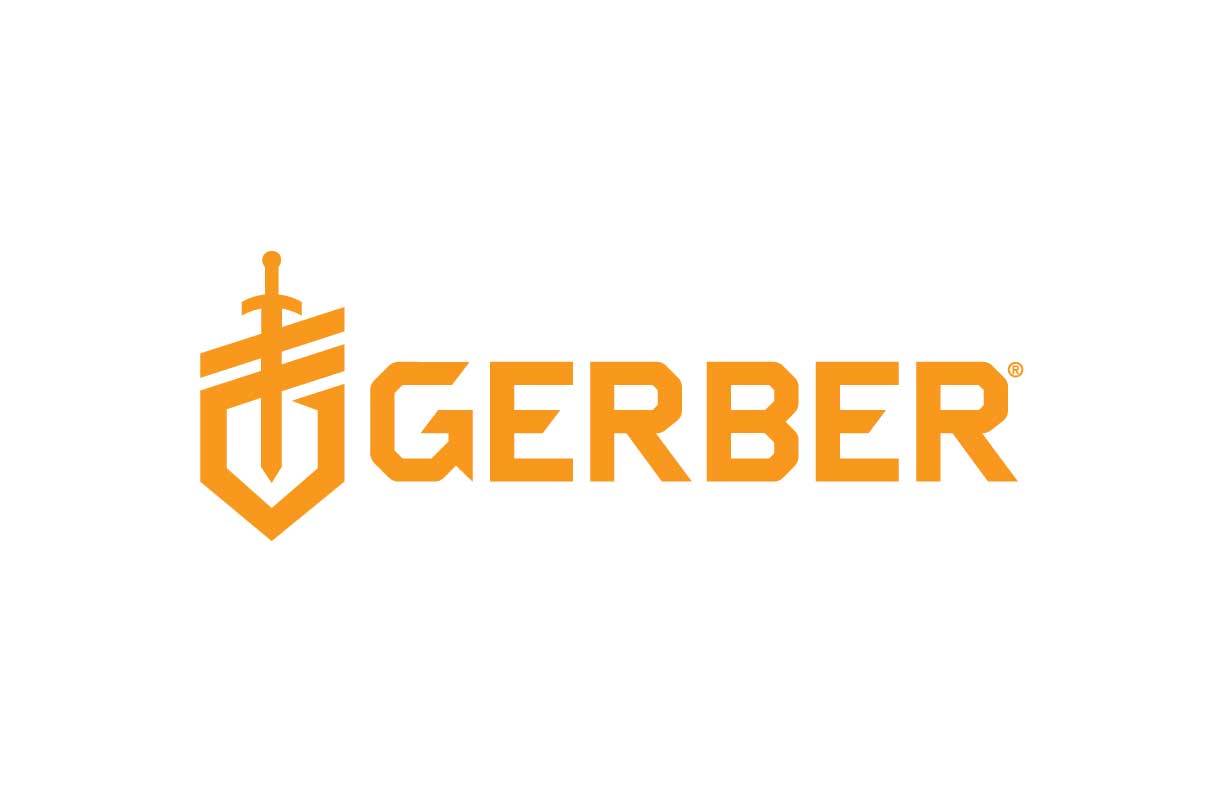Intro to Gerber Spring Assisted Knives
History:
Origins: In 1910, Joseph R. Gerber started a company, “Gerber Advertising” in Portland, Oregon.
In 1939, as Christmas gifts for clients, he commissioned a local knife maker to craft 25 sets of kitchen cutlery. The knives, along with the beautiful walnut boxes created for them were so popular that Mr. Gerber asked his sons, Ham and Pete, to begin a new business: Gerber Hand-Made Blades.
In 1947, Gerber Hand-Made Blades became Gerber Legendary Blades—the official name of Gerber to this day—and adopted the now-famous symbol of the sword in the stone (how appropriate for the lowly ad-agent-become-knife-legend!).
In 1966, Gerber introduced the MK II Combat Knife, which quickly became a military favorite during the Viet Nam war. It was modeled after the Roman Gladius, a smart move—after all, it was the weapon of choice for the most efficient army for over 600 years! It is still in production, but now mostly for collectors.
In 1968, they introduced the “Armorhide” handles—a tough covering for metal handles, specially developed for military.
In 1981, Gerber introduced the Micarta handles with their L.S.T. knives (I love the Micarta handles!).
In 1991, Kraton rubber inserted itself into their quality handles (I love Kraton!). And in this new millennium we’ve seen the advent of excellent multi-tools, LED lights, and more outdoor gear than ever.
And in 2005, Gerber introduced their first spring-assisted folding knives. The first on the market was the F.A.S.T. Draw (Forward Action Spring Technology), with a one-handed opening mechanism exclusive to Gerber, patented by Butch Vallotton.
Their commitment to quality is even acknowledged by the now-legendary extreme survivalist Bear Grylls (I love Bear Grylls!). (No, not in that way ;-) . . .)
What Does Spring-Assisted Mean?
A manual knife is one you have to open all the way yourself. Most common pocket knives are manuals, like the Swiss Army Knife, for example.
An automatic knife is one which immediately opens on its own when you push a button, lever, or other mechanism; some common examples are switchblades, stilettos, and out-the-front knives (OTFs). Spring-assisted knives (also called ‘assisted opening’) are in-between these two. Once you manually begin to open them, the spring action takes over and opens it the rest of the way.
Some of the more popular Gerber Spring-Assisted knives:
The F.A.S.T. Draw: Has a G-10 handle for good grip even when wet, a sliding lock safety, pocket clip, and a solid, thicker handle. The blade is of high-carbon stainless steel. It’ll hold up well to tough use—as long as you don’t try turning it into a screwdriver, of course! It comes in black and silver blade (various finishes), with tanto or drop-point style, a plain or serrated blade and in standard and mini sizes.
The Statesman: Has a handle of anodized aluminum (a rather attractive finish) with wood inserts and a pocket clip. The blade is of surgical steel, so it holds an edge well and is very resistant to corrosion.
The Covert: The handle is also of anodized aluminum, only with a black finish; it tapers a bit from the hinge to the end of the handle, with an indentation near the hinge for better finger- and thumb-grip. The blade is of CPM S30V steel, which has a very fine grade and is quite hard and tough; don’t use a grinder belt to sharpen it, though—that will wear it down too quickly.

Gerber Famous Knives have been founded in 1939 by Pete Gerber.